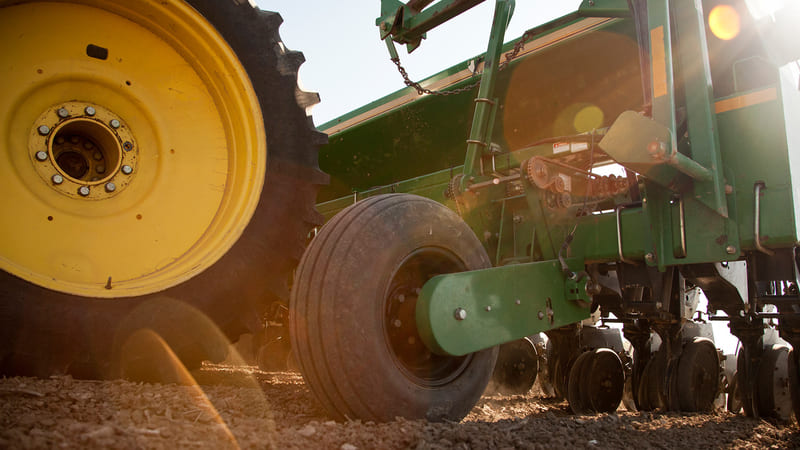No Small Issue
Speaking to a group of Mississippi-based crop consultants this past winter, Chuck Foresman pulled no punches on the looming threat glyphosate resistance poses to growers in the Mid-South. Weed experts like Foresman have tracked glyphosate resistance from the time it first appeared in Macon County, GA, to its current migration north and west across the Cotton Belt. The resistant strain now has a firm grasp in parts of Arkansas and Tennessee.
“Growers need to be prepared for glyphosate weed resistance on their property, particularly the folks living and working in the cotton growing South. I’d be prepared to manage weed resistance on my property whether I have it or whether I don’t, because its going to be a visitor on those acres sooner or later,” says Foresman, Syngenta’s Senior Technical Brand Manager, Herbicide Resistance.
Syngenta has a model that helps break down the status of glyphosate weed resistance in the U.S. The company estimates that there are currently about 8 million acres of row-crop land infested with at least one glyphosate resistant weed. What’s even more worrisome is that the company expects that number to grow to 38 million by 2013, growing at a rate of 43% a year. “Its no small issue – this glyphosate resistance weed issue,” says Foresman.
Spread the Word
The message Foresman spreads is simple: there is no magic bullet currently on the horizon for glyphosate resistance. He believes if a cure-all were found in a lab tomorrow, it would still take another decade for the product to become commercially available. Each chemistry undergoes years of testing to ensure it satisfies government regulations as well as those of its manufacturer. So how do we handle resistance in the meantime?
“The company line is integrated weed management. That would include several of these herbicides that we have available to us to take the pressure off of glyphosate,” says Foresman. The Syngenta portfolio offers several options to diversify the treatments placed on each crop.
Syngenta has gotten good feedback on its Gramoxone, which can be applied at planting with Caparol. Foresman said the two together do a good job on resistant strains of Palmer amaranth. Reflex is also an option that has proved to be very effective on Palmer amaranth.
Foresman recommends Sequence when the crop is at the one or two leaf stage. Sequence is a combination of glyphosate and Dual Magnum, “so you get a residual that is also shown to be very effective on pigweed species, on Palmer amaranth and on grasses.” In the next application, Foresman says a glyphosate plus Envoke brings in another mode of action which is very effective against morningglories.
Syngenta has seen excellent results with Suprend at layby, providing two extra modes of action in knockdown as well as residual control. Foresman says he has seen growers have success using glyphosate or MSMA with Suprend to take care of grasses.
“In the system I just described, you weren’t applying glyphosate alone in any of those situations. It basically subscribes to what we’ve been talking about. You use an integrated weed management approach where you’re using diverse herbicides and trying to take the pressure off of glyphosate,” says Foresman.









